Dear Family and Friends,
It was like an image straight out of a science fiction movie.
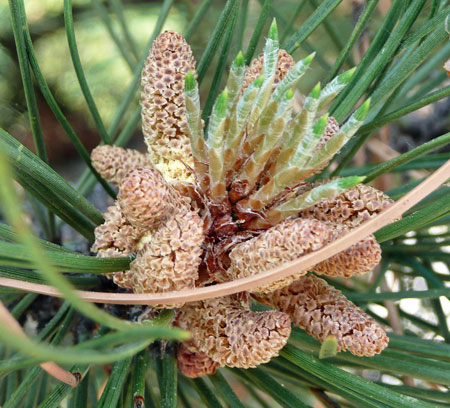
It was like an image straight out of a science fiction movie.


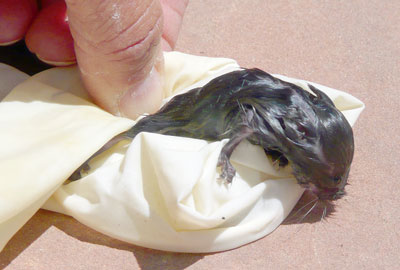
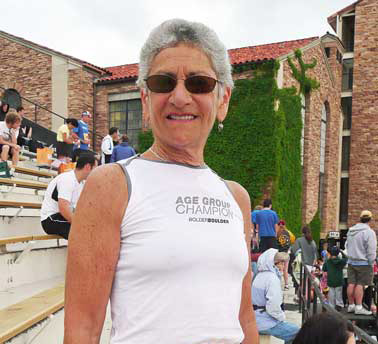
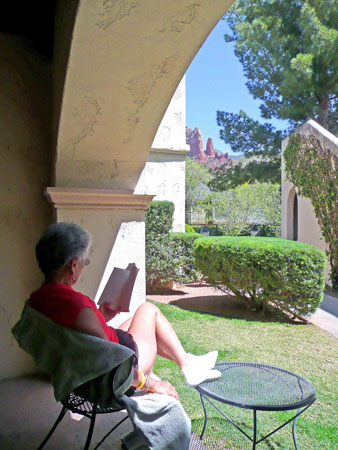 Hughes is recovering nicely from a second attempt to
mend his “broken” left knee: almost a year and half after a meniscus
repair that did not bring much relief, he went back (to a new orthopod)
for a second opinion and additional
arthroscopic micro-fracture surgery last March. Recovery has been slow
(on crutches for 6 weeks) but with a great deal of success. He is now
able to hike 2-3 miles, go up and down stairs with greater ease and
comfort than before, and rides his bike easily. A new style brace has
also helped. He will not be running anymore, and knee replacement is
still likely in the future, but for now he walks almost normally and
is getting better each day. He's been cutting and splitting nearly four
cords of wood, warming him now as well as next winter.
Hughes is recovering nicely from a second attempt to
mend his “broken” left knee: almost a year and half after a meniscus
repair that did not bring much relief, he went back (to a new orthopod)
for a second opinion and additional
arthroscopic micro-fracture surgery last March. Recovery has been slow
(on crutches for 6 weeks) but with a great deal of success. He is now
able to hike 2-3 miles, go up and down stairs with greater ease and
comfort than before, and rides his bike easily. A new style brace has
also helped. He will not be running anymore, and knee replacement is
still likely in the future, but for now he walks almost normally and
is getting better each day. He's been cutting and splitting nearly four
cords of wood, warming him now as well as next winter.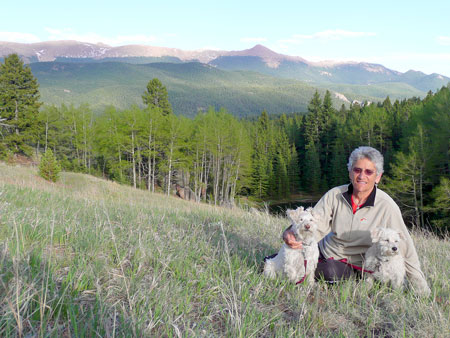
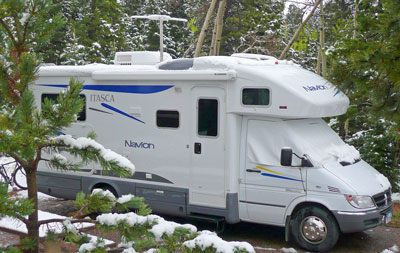 day
we woke to snow! The skies were thick gray and hiking would have been
sloppy, so rather than sit inside
reading
or whatever, we drove to the dreary casino gambling
town of Cripple Creek a few miles down the road for lunch and a look
around. Then we came back and spent the rest of the day reading or
whatever. We also appreciated the luxury of having a TV, just for days
like that one.
day
we woke to snow! The skies were thick gray and hiking would have been
sloppy, so rather than sit inside
reading
or whatever, we drove to the dreary casino gambling
town of Cripple Creek a few miles down the road for lunch and a look
around. Then we came back and spent the rest of the day reading or
whatever. We also appreciated the luxury of having a TV, just for days
like that one. We know our weather can be erratic and changeable. We expect heavy
snows in
March and April; two feet in May is not exceptional, and even June can
surprise (and it did this year with a few days of very light flurries).
The best part of spring is the moisture that is released to the plant
life in this dry climate and the delight of green plants and flowers
after a long period of
a snowy landscape. This year the area behind our house that we refer to
as (wink wink, nudge nudge) “the meadow,” really
looks like a meadow this year. The grasses have been greener and
thicker than
ever before in the 16 years we’ve lived here.
We know our weather can be erratic and changeable. We expect heavy
snows in
March and April; two feet in May is not exceptional, and even June can
surprise (and it did this year with a few days of very light flurries).
The best part of spring is the moisture that is released to the plant
life in this dry climate and the delight of green plants and flowers
after a long period of
a snowy landscape. This year the area behind our house that we refer to
as (wink wink, nudge nudge) “the meadow,” really
looks like a meadow this year. The grasses have been greener and
thicker than
ever before in the 16 years we’ve lived here. 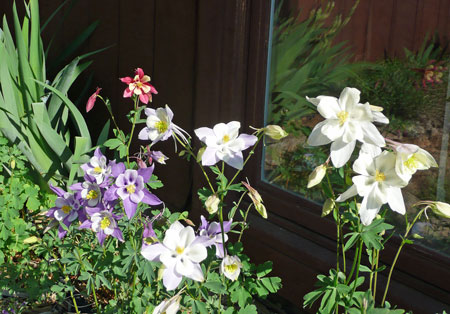 The prayer flags seem even more colorful in contrast to
the bright green surrounding them. The dogs love to roll and to lay out
in the soft grass whenever they can. We even feel the need to “mow the
lawn” from time to time, just like the midwesterners we once were.
The prayer flags seem even more colorful in contrast to
the bright green surrounding them. The dogs love to roll and to lay out
in the soft grass whenever they can. We even feel the need to “mow the
lawn” from time to time, just like the midwesterners we once were.  |
|
|